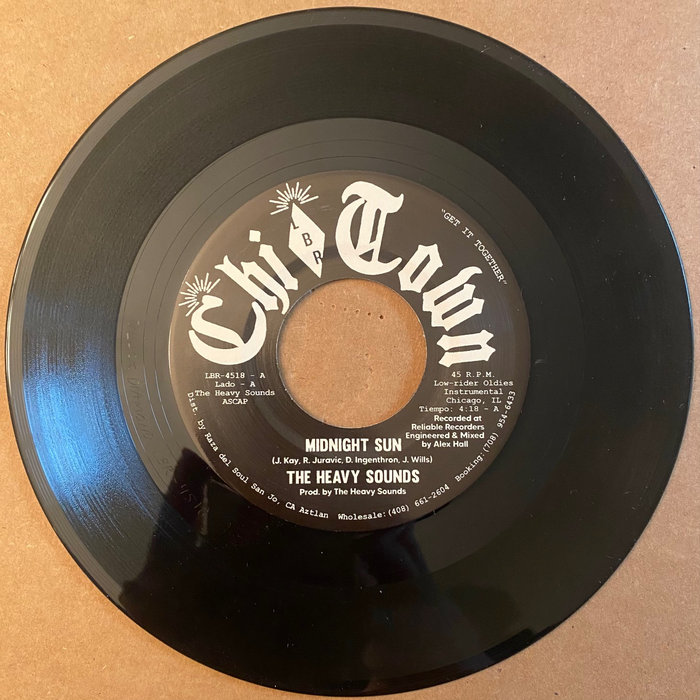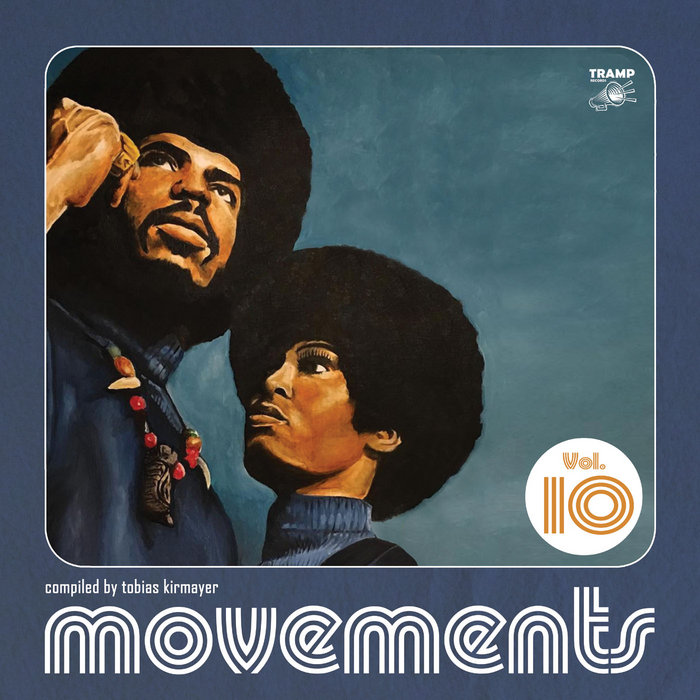
Well Alright (feat. Andrew Ford & Nick Mancini) – Kirk Whalum
this blog is GROOVY – check out great Soul, Funk, Jazz, Hip Hop, Bass, Breaks , Reggae, House n many more TUNES
Ah, the organ! That majestic instrument that’s been delighting and inspiring for centuries. From churches to concert halls, from jazz clubs to rock arenas, the organ has carved out a unique niche in the world of music. So grab your favorite snack, kick back, and let’s dive into this funky history!
The organ’s journey starts way back in Ancient Greece around 300 BC with something called the water organ or hydraulus. Can you believe they used water pressure to create those sweet sounds? Fast forward a few hundred years to Medieval Europe where we saw organs popping up in cathedrals like popcorn at a movie theater.
These early organs were massive creations powered by air blown through pipes—kind of like taking a deep breath and letting it out in a musical explosion. Talk about blowing your own horn! By the 17th century, we entered what many call the Golden Age of the Organ. Composers like Johann Sebastian Bach took these bad boys for a spin with epic compositions that still give musicians goosebumps today.
Skipping ahead to the 20th century—hello modern times! With advancements in technology came electric organs. Enter stage left: the Hammond B-3, introduced in 1935 and soon adopted by jazz musicians everywhere. If there was ever an instrument that could make you feel good while playing “yummy” riffs, this was it!
But here’s where things get fun—ever heard about jazz organists getting lost during improvisation? Picture this: Jimmy Smith (a legend on that B-3) once got so wrapped up in his groove that he accidentally played for over six hours straight at one gig! Fans were loving it; only his bandmates were wondering if they’d ever get their turn again!
Now let’s talk Rock ‘n’ Roll because you can’t have an anthem without some solid keyboard action going on! Bands like The Doors brought psychedelia flying high with Ray Manzarek’s killer keyboard skills on songs like “Light My Fire.” Fun fact time—the very first version of “Light My Fire” was almost titled “Can’t Get Enough” because Ray had some wild ideas bouncing around his head before settling on what became iconic.
And how about legendary bands such as Deep Purple, whose tune “Smoke On The Water” gets everyone all nostalgic? The spine-tingling sound our ears adore comes courtesy of Jon Lord jamming away on that hot rod Hammond during live performances.
Not content just staying within genres or even decades, artists began blending styles until everything became a beautiful mishmash worthy of any potluck party! Just look at how hip-hop grabbed bits from past eras—including jazzy samples featuring powerful organs—in tracks that’ll make anyone want to bust out dancing!
One hilarious moment occurred when producer Dr. Dre sampled some old gospel tunes featuring church organs but forgot who played them! He ended up giving credit not just to one musician but several different ones…including organist #7 from Toledo who happened to record under various pseudonyms across decades—a true unsung hero indeed!
As technology kept advancing—and yes more electronic keyboards emerged—we saw new generations pick up instruments most people associate purely with church ceremonies or vintage vibes., Yet somehow those groovy sounds keep coming back stronger than ever before thanks largely due collective efforts from producers pushing boundaries within genres themselves ranging anywhere between R&B & Metal even orchestral arrangements too perfectly executed by brilliant musicians worldwide connecting past influences along present-day innovations seamlessly together creating sonic dynasties unto itself.
Did you know that there are competitions now for best amateur players striving towards becoming future stars? Yes folks—you can see slinky fingers dance across keys every year during events held specifically dedicated solely focusing competitions around popular classic pieces rendered fresh again via exciting twists showcasing immense skill level amongst passionate contestants willing take center stage show-off chops learned throughout time spent developing craft consistently honing abilities rigorously trying discover hidden talents unknown till moments arise exposing wow-factor unexpected delight common audience members alike would appreciate too literally watching magic unfold before eyes!
Before wrapping things up—here’s another chuckle-worthy tidbit involving famous performers needing accompanying backup singers chanting revolutionary hooks contrasting lush harmonic melodies occasionally ending song projects resulting amusing mismatches leading ultimately hilarity either intentionally devised funny outcomes much later remembered fondly or genuinely improvised scenes invoked laughter leaving lasting impressions audiences shared collectively enjoying joyous moments granted so freely through uncontrollable joyfulness experienced universally uniting us all talking inclusive language happiness represented vibrant artwork everywhere beaming vividly bright shining light illuminating depth ideas found deeply embedded heartstrings resonates pleasantly linger lingering memory longer resonates positively echo chambers lives touched undeniably celebrated long after notes fade into silence gracefully…
So whether you’re chilling at home listening to Bach’s majestic preludes or toe-tapping along with funky jam sessions at jazz spots late night feeling carefree sway gently rhythmically near-friendly surrounding recalls stories shared echoes harmony coexists bridging diverse communities loved ones close-knit bonds formed forever nurtured filled laughter love simply pure rejoicing experience incalculable ways …remember always bring joyful spirit playing while discovering connections cherished lifetime harvests cultivated foster organically nourished soulfully enriching each day imbued integrity music generously flowing timeless unlimited possibilities infusing life magically nonstop…
Rock on, dear friends—the world is your organ playground!

Well Alright (feat. Andrew Ford & Nick Mancini) – Kirk Whalum

Reach Out – The Heavy Sounds

Under The Covers – Tramp Rec.

People, This Is… The Almighty Get Down – The Almighty Get Down